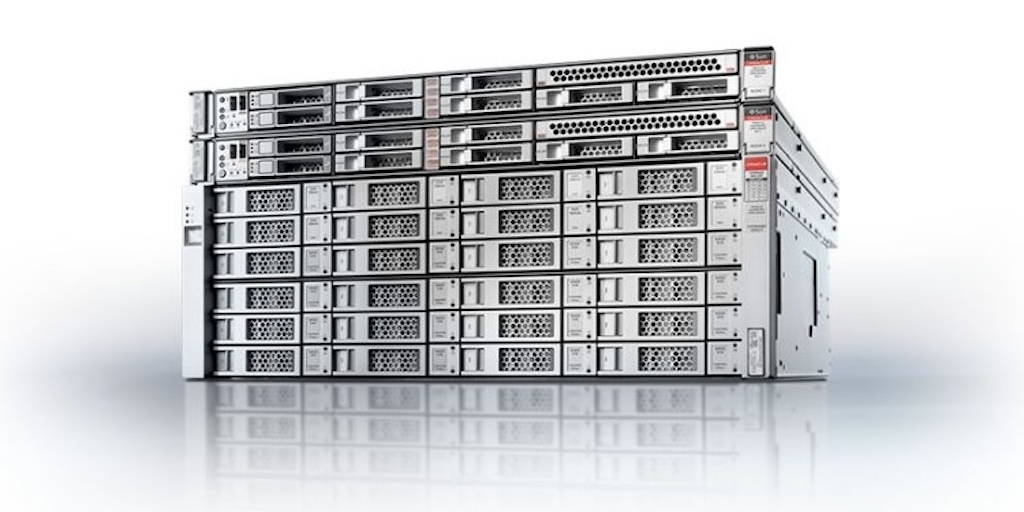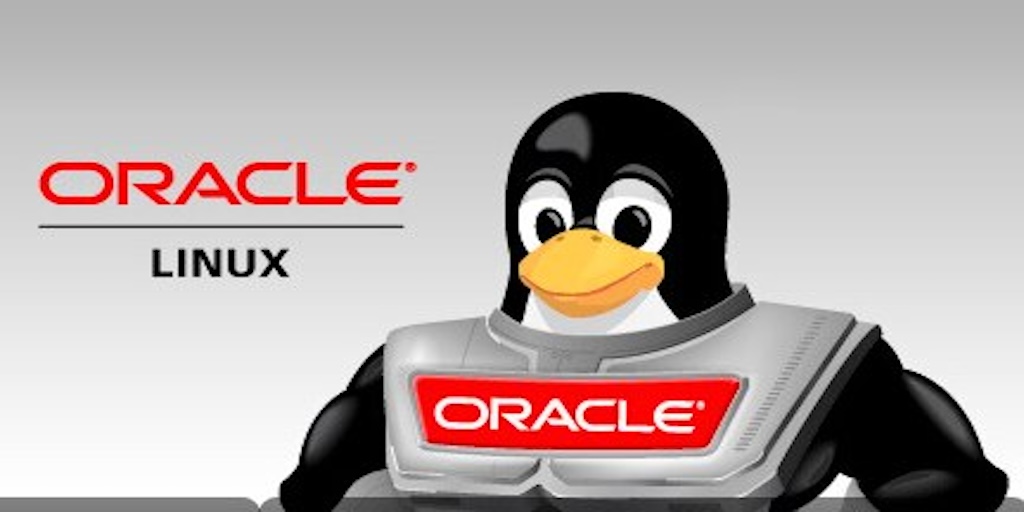The 5 Most Common Use Cases for the Oracle Database Appliance (ODA)
The Oracle Database Appliance (ODA) is a purpose-built engineered system designed to simplify, optimise, and reduce the cost of deploying and managing Oracle Database environments. It has also been one of the most interesting developments in on-premise database operations in recent years. The latest X10 model family delivers a broad range of capabilities for various […]
The 5 Most Common Use Cases for the Oracle Database Appliance (ODA) Read More »




